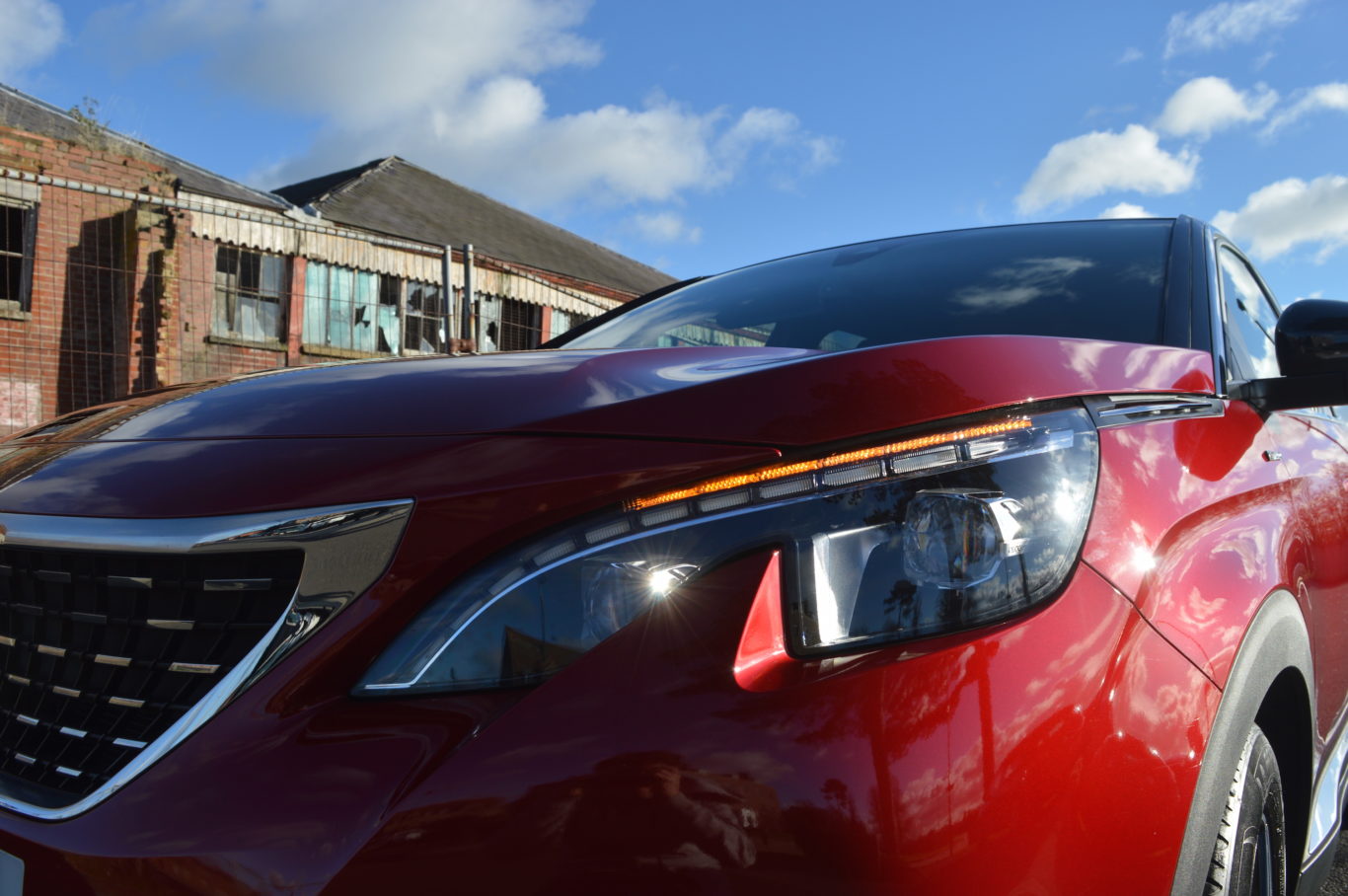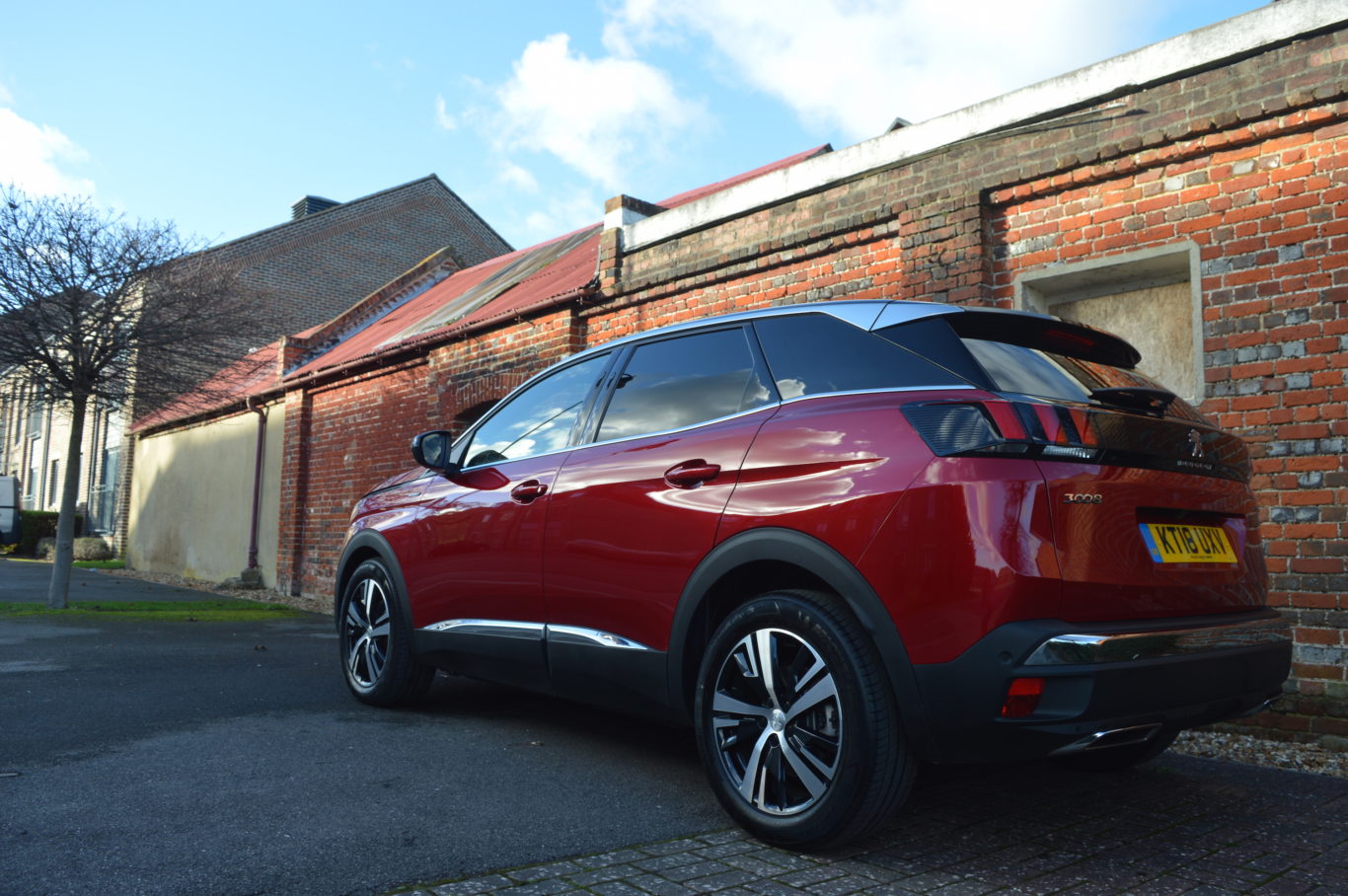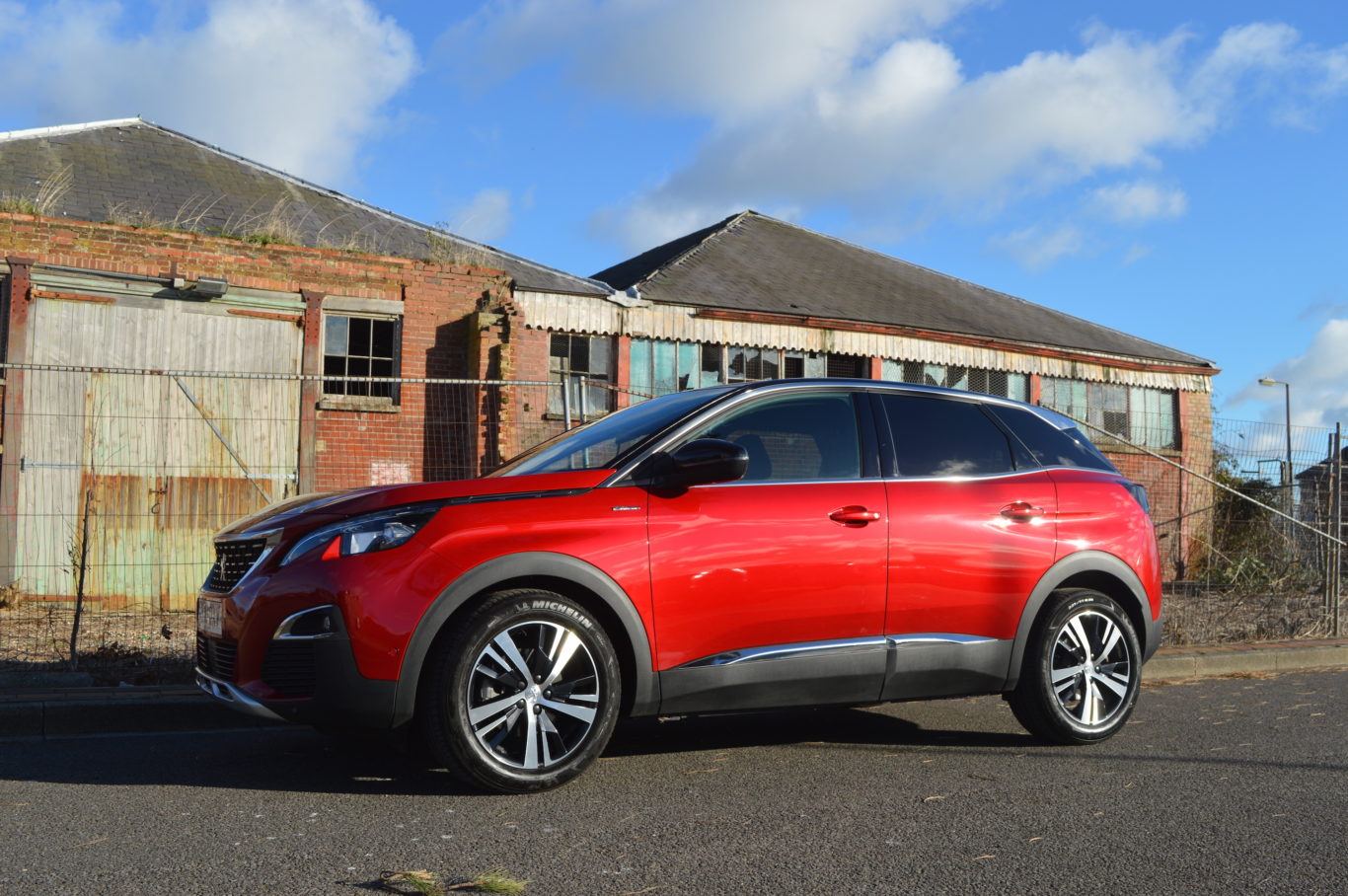Long-term report: Is our Peugeot 3008 a case of style over substance?
Ted Welford begins to wonder if our Peugeot 3008’s quirks are more an annoyance

Can you remember the last Peugeot 3008? Probably not. It was one of the least memorable cars on sale, with its MPV looks, uninspiring cabin and limited engine range.
Fast forward to the second-generation 3008 that we have on our fleet and it’s easy to see just how much Peugeot has moved forwards in the past few years.
Particularly in GT-Line specification like our test car is, the 3008 is incredibly stylish both on the inside and the outside as well. Stunning diamond-cut alloys, LED headlights and those lovely scrolling indicators (usually seen on only ‘premium’ cars) give the 3008 a terrific amount of road presence, and compared to some rather bleak-looking rivals, Peugeot needs to be applauded for not following the rest of the pack.

Move to the interior and you’ll find a fantastic modern-looking cabin with few buttons, a variety of high-quality materials and great I-Cockpit digital dials, which are customisable depending what you want on there – sat nav, speedo, journey information and the list goes on. It’s certainly on par with the big German brands in terms of tech and quality.
So, where’s the but?
Well, annoyingly I can’t help but think the design is all rather over-the-top and a case of style over substance. Take for example, the sloping roofline and high-positioned rear lights. It might look the part, but it results in poor visibility. This might be acceptable on a Lamborghini, but on your run-of-the-mill diesel crossover, it’s irritating. Thankfully our model features a reversing camera to aid with this, but not all models benefit from this privilege.

Then there’s the interior. My biggest gripe is undoubtedly the small steering wheel. It’s nothing new as Peugeots for the past few years have featured this, but as it’s the first I’ve driven with it, I just can’t get on with the layout. It’s meant to give you that ‘sports car-feel’ but my experience of it is that it just results in needless shuffling when steering. It also gets in the way of the dials and in certain positions, blocks the speedo.
You can of course move both the steering wheel and the seat to improve this, but you end up sitting in an uncomfortable seating position, which is hardly ideal.
There’s also been an issue with one of the rear tyres – not that this is any fault of the car. On a recent trip to Heathrow, the tyre pressure warning light came on as soon as the car started – meaning a trip to Shell just around the corner was needed to top up the tyres with air. No issue, as it wasn’t punctured and had only gone down a few bars. After then being sat in the Sofitel airport car park for a few days, I returned to find the tyres still at the correct pressures, and no warning light when the car was started.
I thought nothing of it, until I returned to the 3008 the following day back at home to find the same tyre noticeably under-inflated. Nowhere near flat or punctured, but lower than the rest. The handy Shell around the corner once again provided the goods, and a week later the tyre has remained at the same levels. A slow-puncture with a mind of its own, perhaps? I’ll be watching closely, but it’s strange.

My final gripe – at the risk of this sounding like a rant – regards the driving assistance systems gradually impeding into all new cars. Whether you’re reversing out of a parking space, cruising on the motorway or want to park without actually having to even touch the steering wheel or pedals – there is a driver aid for anything and everything.
The 3008 includes plenty, too, such as autonomous emergency braking, lane-keep assist, blind-spot monitoring and more, and while they can be very useful – some of them are extremely irritating. Take for example, the lane-keep assist which bings, bongs and steers if you’re anywhere in the lane that isn’t completely central. I get why it’s there, but it’s aggravating to the point where it interferes so much you have no option but to turn it off. Which surely negates the point of it having it in the first place?

The blind-spot monitoring system can also be a bit temperamental. Take for example, my experience on the A3M when the blind-spot warning light remained on despite having long-overtaken the Nissan Qashqai the system seemed infatuated with.
Having checked numerous times over my shoulder that there was in fact no other car there, I indicated and attempted to change lane – only for the car to block my move. It was very eerie and I’ve never seen a system so determined that it’s right. Unsurprisingly, I turned the system off as soon as it would let me turn a few hundred metres up the road. Much to the annoyance of the driver in a white BMW 116d behind that was taking full advantage of his car’s full beam…
But, really, I’m doing the 3008 disservice. These issues undoubtedly annoyed me, but it can’t stop you from enjoying the car’s excellent comfort, high quality interior and the very refined 1.6-litre diesel unit fitted to our test car.
Add in plenty of rear legroom, a decent-size boot, and it’s not much of a surprise to understand why you see so many 3008s on the road.
But would we sacrifice a few of those design touches and safety aids for a bit more practicality and user-friendliness? Undoubtedly.





